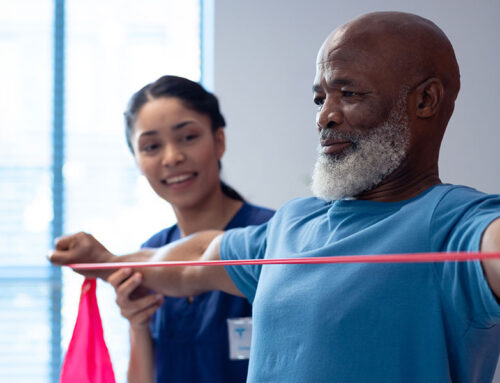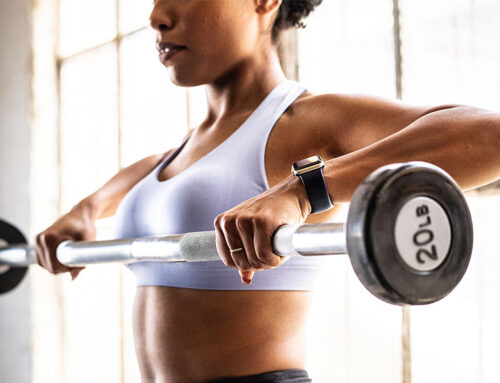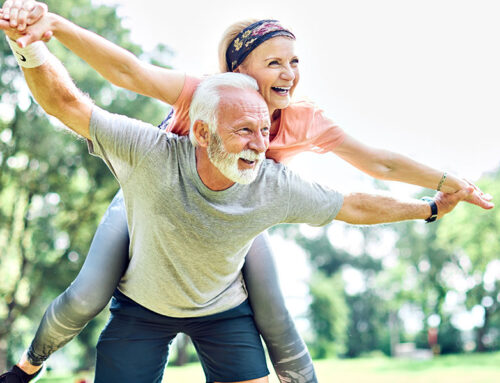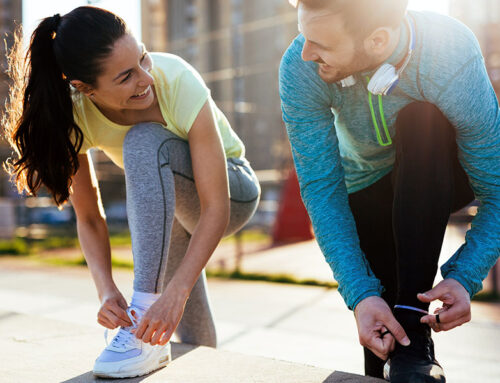It’s that time in the calendar, with the Olympics having just taken place; swimming has been making the headlines and is at the forefront of our minds. Not everyone aspires to perform at the highest in the sport, whether it’s just social competitiveness or even if you enjoy the activity and benefits, I’m here to tell you that swimming can be fantastic for the mind and body throughout all age groups.
There a few obvious advantages to taking to the pool. Firstly, buoyancy counteracts gravity, so there’s no need to worry about your weight bearing joints! It helps to maintain great cardiovascular fitness, muscular strength and endurance throughout the whole body. While other benefits are not as obvious; helping to maintain or correct postural imbalances, increase flexibility, balance and coordination. Swimming also has a fantastic positive effect on mental health, the nature of the activity is that of different sensations whilst you move through the water; this distracts the mind and can act as a form of mediation, helping to alleviate the stressors of daily life. If you decide to swim outside as the weather gets warmer you can also add tanning to the list!
Whilst it’s all well and good to say get to the pool every week and have a dip, there are lots of questions to consider. Where do I start? What do I do? Am I even doing it correctly? The exciting thing is you can start anywhere depending on how confident with swimming you are. That may mean you doing some walking in the shallows, water aerobics class or it could mean 30 laps is the norm. Any movement is good movement. There are plenty of tools such as fins, kick boards and snorkels which can make the transition a lot easier and let’s be honest, a lot more interesting too.
I want to quickly go through the basics and important parts of a freestyle stroke which can be applied to other areas of swimming as well. The most important part of a freestyle stroke is the “catch”. It’s just after your hand enters the water and when you start the pull through under your body which generates all of your force moving forward. It’s term the catch because you basically grabbing onto the water with the most possible surface area. As represented in the 3 figures. The movement is comprised of bending of the elbow, pointing the fingers towards the floor and elbow almost to the sky. This puts your arm in the most efficient position to use the bigger muscle groups (pectorials and latissimus dorsi) and generate more power. A fantastic way to work on this, hold a kickboard in front of you with one hand and practice on the “catch” doing one arm freestyle.
Looks can be deceiving, especially when it comes to someone’s stroke. Remember, we want to be as efficient as possible in the water. Someone like Ian Thorpe, Grant Hackett or Mack Horton appear to glide through the water making it look effortless. For us that aren’t the best in the world, gliding is not the best technically because it slows you down, in other words you lose momentum. You have spent all this energy to trying to propel yourself forward only to slowdown whilst gliding, a loss of momentum. By upping the rate of your stroke, this can be avoided. Sure, it will feel like it is very different and harder if you are someone that glides, but in the long run you are going to much quicker and saving energy.
Keep in mind that because swimming is an activity which uses majority of the larger muscles on the front of the shoulder. Strengthening of the muscles behind the shoulder and around the shoulder blade is greatly advised to create more stability. If you develop pain through the front or over the top of the shoulder, seek out your experienced Elite Myotherapist. This will enable us to treat, manage and possibly modify your swimming technique to manage your symptoms.
Jack Day – Elite Myotherapist






